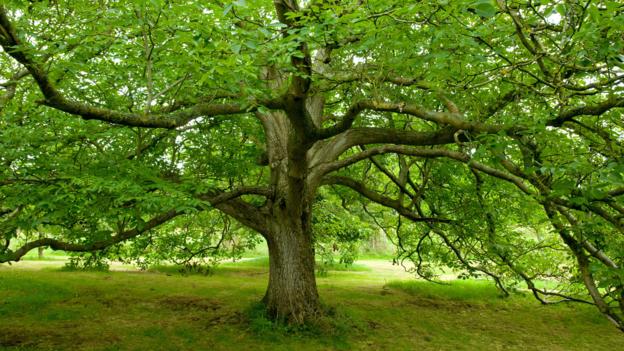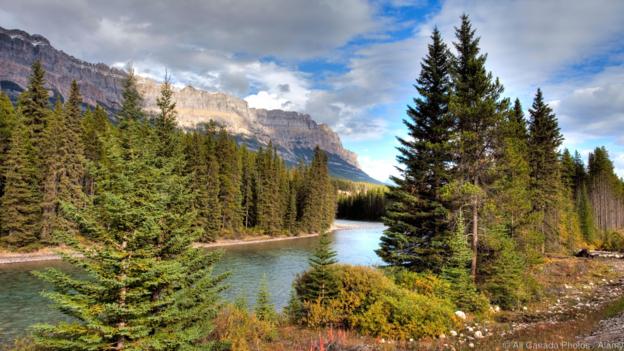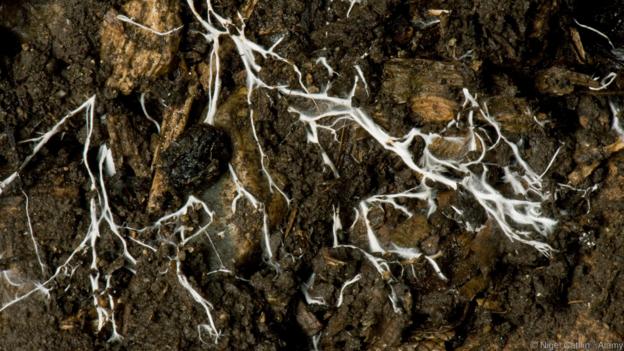Treeline is a beautifully crafted film about trees. I would say its work of art.

Trees Ecological & Environmental Value contribute to their environment by providing oxygen, improving air quality, climate amelioration, conserving water, preserving soil, and supporting wildlife.
During the process of photosynthesis, trees take in carbon dioxide and produce the oxygen we breathe.
According to the U.S. Department of Agriculture, “One acre of forest absorbs six tons of carbon dioxide and puts out four tons of oxygen.

This is enough to meet the annual needs of 18 people.” Trees, shrubs and turf also filter air by removing dust and absorbing other pollutants like carbon monoxide, sulfur dioxide and nitrogen dioxide.
After trees intercept unhealthy particles, rain washes them to the ground.
Trees control climate by moderating the effects of the sun, rain and wind.
Leaves absorb and filter the sun’s radiant energy, keeping things cool in summer.
Trees also preserve warmth by providing a screen from harsh wind. In addition to influencing wind speed and direction, they shield us from the downfall of rain, sleet and hail.
Trees also lower the air temperature and reduce the heat intensity of the greenhouse effect by maintaining low levels of carbon dioxide.
Both above and below ground, trees are essential to the eco-systems in which they reside. Far reaching roots hold soil in place and fight erosion.
Trees absorb and store rainwater which reduce runoff and sediment deposit after storms.
This helps the ground water supply recharge, prevents the transport of chemicals into streams and prevents flooding.
Fallen leaves make excellent compost that enriches soil.
But this is only part of what trees actually do, it’s their symbiotic nature that’s really awesome.
How they communicate with each other in a forest is due to their interconnection.
How do they do this?

Hidden under the forest floor is an information superhighway that allows plants and trees to communicate and help each other out.
No, we’re not talking about the natures internet, fungi!
While mushrooms might be the most familiar part of a fungus, most of their bodies are made up of a mass of thin threads, known as a mycelium.
We now know that these threads act as a kind of underground internet, linking the roots of different plants.
That tree in your garden is probably hooked up to a bush several metres away, thanks to mycelia.
The more we learn about these underground networks, the more our ideas about plants have to change.
They aren’t just sitting there quietly growing. By linking to the fungal network they can help out their neighbours by sharing nutrients and information – or sabotage unwelcome plants by spreading toxic chemicals through the network.
This “wood wide web”, it turns out, even has its own version of cybercrime.
In mycorrhizal associations, plants provide fungi with food in the form of carbohydrates. In exchange, the fungi help the plants suck up water, and provide nutrients like phosphorus and nitrogen, via their mycelia.
Since the 1960s, it has been clear that mycorrhizae help individual plants to grow.
Fungal networks also boost their host plants’ immune systems. That’s because, when a fungus colonises the roots of a plant, it triggers the production of defense-related chemicals.
These make later immune system responses quicker and more efficient, a phenomenon called “priming”.
Simply plugging in to mycelial networks makes plants more resistant to disease.
But that’s not all. We now know that mycorrhizae also connect plants that may be widely separated.
Fungus expert Paul Stametscalled them “Earth’s natural internet” in a 2008 TED talk. This is a must watch Paul is a brilliant scientist and his talk about the ecological wonders of fung is incredible!
He first had the idea in the 1970s when he was studying fungi using an electron microscope.
Stamets noticed similarities between mycelia and ARPANET, the US Department of Defense’s early version of the internet.
It has taken decades to piece together what the fungal internet can do.
Back in 1997, Suzanne Simardof the University of British Columbia in Vancouver found one of the first pieces of evidence.
She showed that Douglas firand paper birchtrees can transfer carbon between them via mycelia.
Others have since shown that plants can exchange nitrogen and phosphorus as well, by the same route.
Simard now believes large trees help out small, younger ones using the fungal internet. Without this help, she thinks many seedlings wouldn’t survive.
In the 1997 study, seedlings in the shade – which are likely to be short of food – got more carbon from donor trees.
These plants are not really individuals in the sense that Darwin thought they were individuals competing for survival of the fittest,” says Simard in the 2011 documentary Do Trees Communicate?“In fact they are interacting with each other, trying to help each other survive
The fungal internet exemplifies one of the great lessons of ecology: seemingly separate organisms are often connected, and may depend on each other.
Ecologists have known for some time that organisms are more interconnected and interdependent.
The wood wide web seems to be a crucial part of how these connections form.
2 Comments
Scott
Very good article! We are linking to this particularly
great article on our website. Keep up the great writing.
Paul
Hi Scott thank you for your kind words much appreciated! 🙏
I started this website blog as a hobby really but I actually enjoy blogging why? Its a way of crystallising your thinking into words. But I also like include video to reinforce what I’m saying in my blog post. Paul